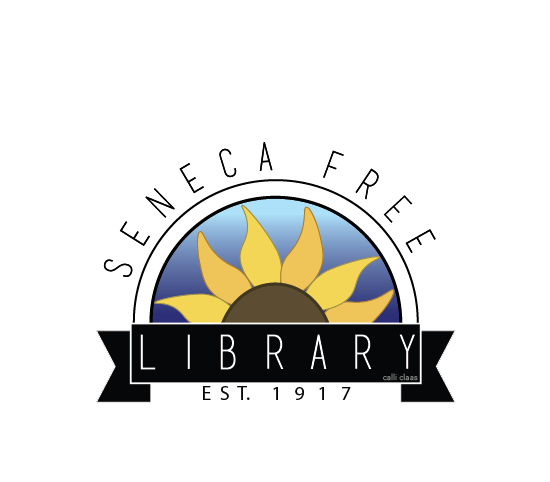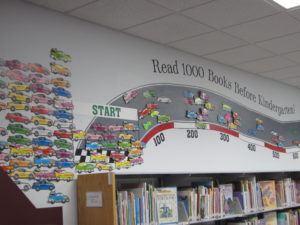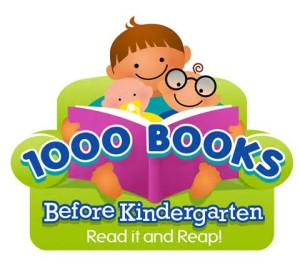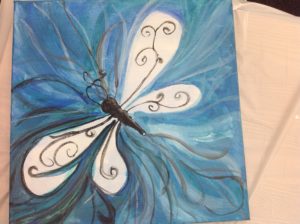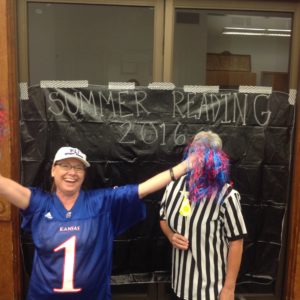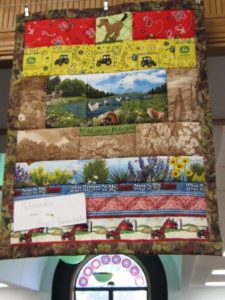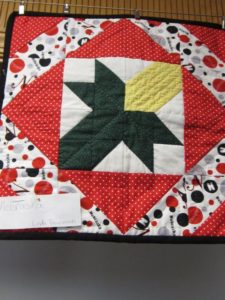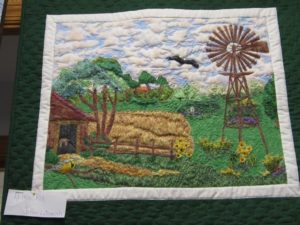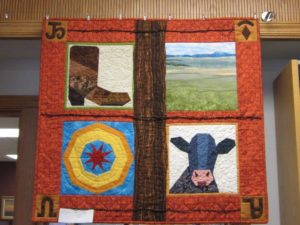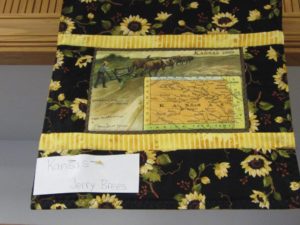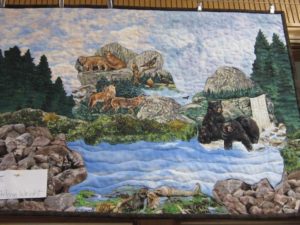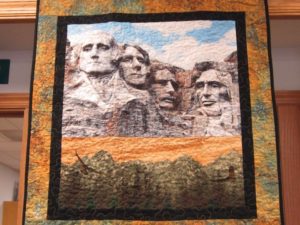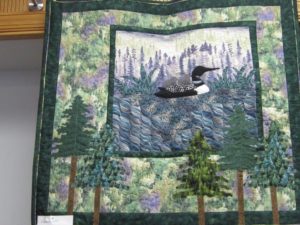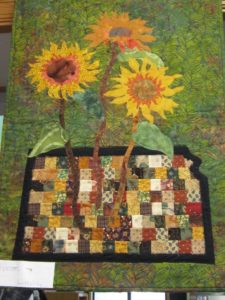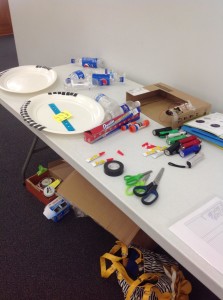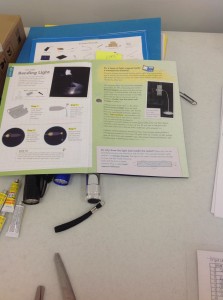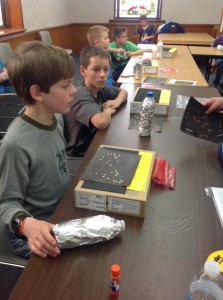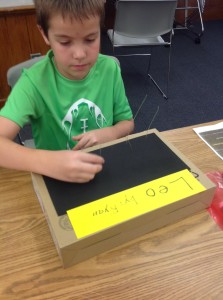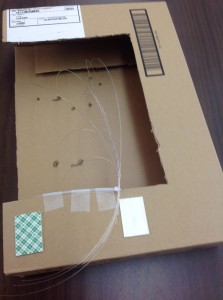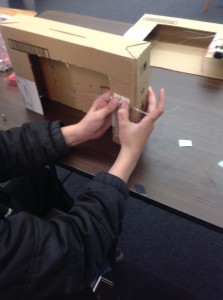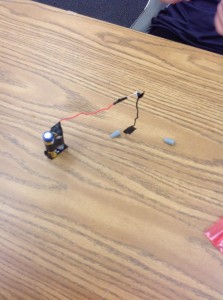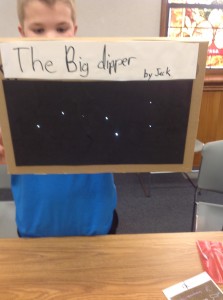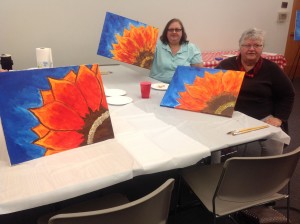Author: librarian
2016 ADULT READING CHALLENGE: PASSPORT TO AMERICA
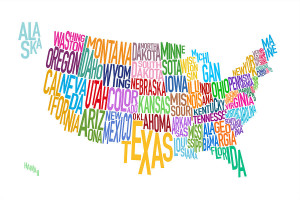 The end is here! We started the year celebrating 5 states
The end is here! We started the year celebrating 5 states
and we are going to end the year busing out 5 states!
* Oklahoma * New Mexico * Arizona * Alaska * Hawaii *
You can find books about these states on our display rack.
The adult summer reading theme is, “Exercise Your Mind, Read!
We’ve had TWO patrons finish reading about ALL 50 states!! Congratulations!
We are offering this challenge so you can exercise your mind and read beyond your favorite genre.
We have compiled a list of books from each of the 50 United States. There are fiction and non-fiction alike. The book may just be set in a particular state or there may be many locations and facts mentioned. Read as many or as few as you like. Each patron accepting the challenge will be given a U.S. map that can be kept at the library. Each time a book is read we can make a mark on that state. You will have from January 1 through December 31 to finish the challenge. We will be promoting the states in order of their statehood dates. January we will feature Delaware, Pennsylvania, New Jersey, and Georgia. Of course we are throwing Kansas in this month because Kansas will celebrate 155 years as a state on January 29. Each month from then on will have four more states to read about. In December we will promote the last five of the United States. If you want to read about Washington D.C. and Puerto Rico that would be considered bonus work.
Interested? We hope so. Think this sounds just daunting? Relax, you can read as many as you like. There is no test and no grade. We aren’t saying you have to like the book, you just have to read it. At the end you will have exercised your mind and left your reading comfort zone. For those of you who like bragging rights we have established some different reading levels:
The Weekend Traveler – read up to 10 state books.
The Vagabond – read up to 30 books.
The Adventurer – Read up to 49 books.
First Class Passenger -Read all 50 books.
Ask the librarians how to get started. Happy Trails!
Getting Started with Flipster!
Patrons of Seneca Free Library can now access their favorite digital magazines using Flipster® from EBSCO Information Services.
Flipster is a next-generation magazine service that allows people to browse digital versions of the latest issues of popular magazines, courtesy of the library.
Our patrons have access through Flipster for magazines such Fortune, Time, People, Scientific
American, Sports Illustrated, Us Weekly and more so you have the option of accessing the content at
the library or remotely. Magazines can be downloaded to Android™ phones and tablets, Apple® phones
and tables, and Kindle Fire tablets for offline reading anytime, anywhere.
Flipster offers an easy, browse-able reading experience. Users can browse magazines by category as well
as perform searches for specific periodicals. An online newsstand provides a carousel of the most recent
issues, as well as a carousel of all issues allowing for quick access to magazines. The table of contents
contains links for quick access to articles of interest and hotlinks within magazines are hyperlinked,
opening in separate tabs when clicked. In addition, there is an option to zoom in and out for better readability.
Any current NExpress patron can use the service by going to http://catalog.nexpresslibrary.org in their
browser (on their computer or mobile device) and logging into the catalog with their library user name
and PIN. From there, you will find “Access Flipster” under the Digital Resources links on the left side of
the screen. That one click will get you directly to the magazines available through NExpress.
This is new as of May 1. More titles will be added in time, as individual libraries have time to shop for magazines.
Another Paint Party Video!
2016 End of Summer Reading Ice Cream Party
Quilt Lover’s Guild Challenge Quilts are at the Library
Look Beyond the Front Page
Science * Technology * Engineering * Math
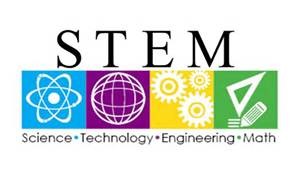 The April STEM meeting will be the last session during this school term. We will begin our summer hours in June.
The April STEM meeting will be the last session during this school term. We will begin our summer hours in June.
Thank you for allowing us to share this time with your children, it has been a great experience for all of us.
Our new STEM Science Club meets the 4th Wednesday of the month.
This program is for students in grades 4~6. We have to limit the number of participants each month.
The slots fill up fast when we announce enrollment is open. You don’t know until you call whether there is room for your student!
SQUISHY CIRCUITS April STEM Meeting
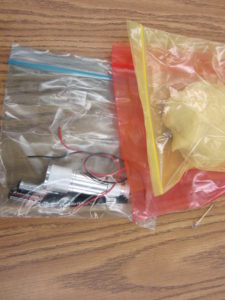
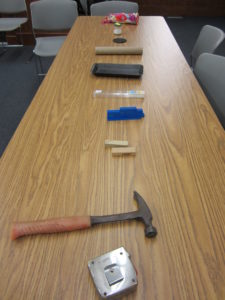
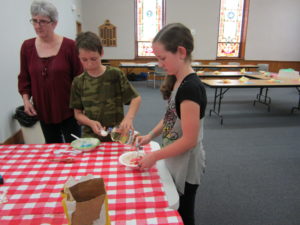
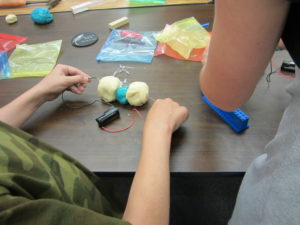
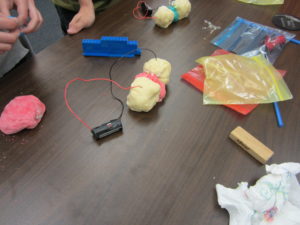

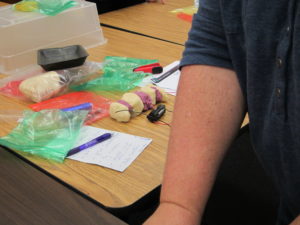
*****************************************************************************************************************************
March STEM Meeting
*******************************************************************************************************************
PLAYING WITH POLYMERS February STEM meeting
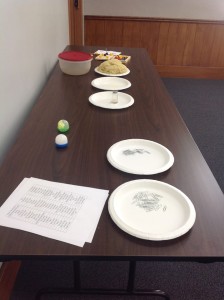
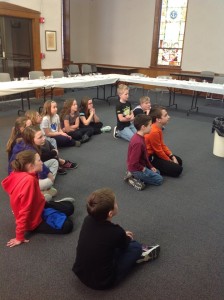
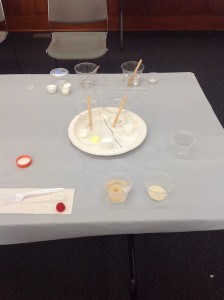
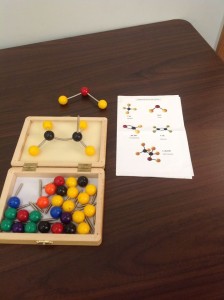
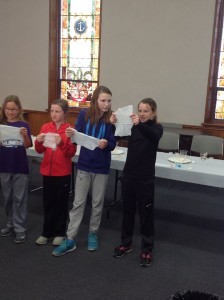
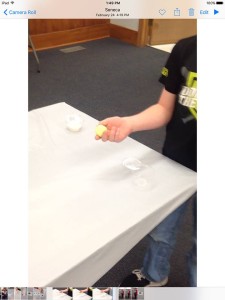
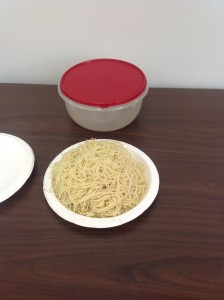
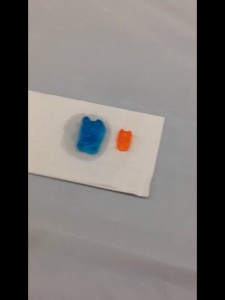
**************************************************************************************************************
January STEM meeting: Hydraulic Systems
At our first meeting in January the students created simple individual hydraulic systems.
Sounds impressive, right? The quote of the day: “This is more fun than computer games!”

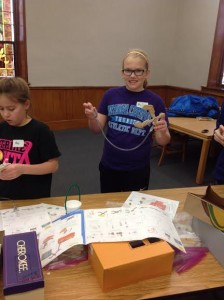
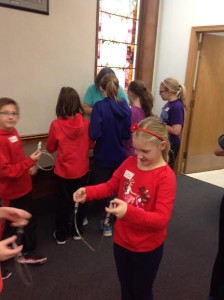
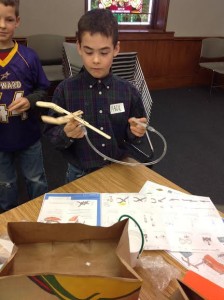
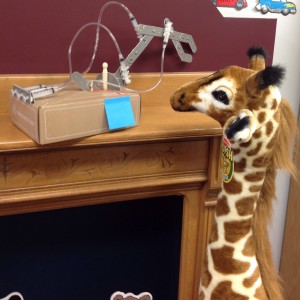
Paper Plate Picasso Paint Party
Join us for another round of painting fun:
Paper Plate Picassos
Thursday June 30 at 7:00 pm
in our Community Room.
Registration fee of $20.00 is due by Friday June 17.
Fee includes canvas, brushes, paint, instruction and lots of laughter.
Feel free to bring snacks and your favorite non-alcoholic beverage.
